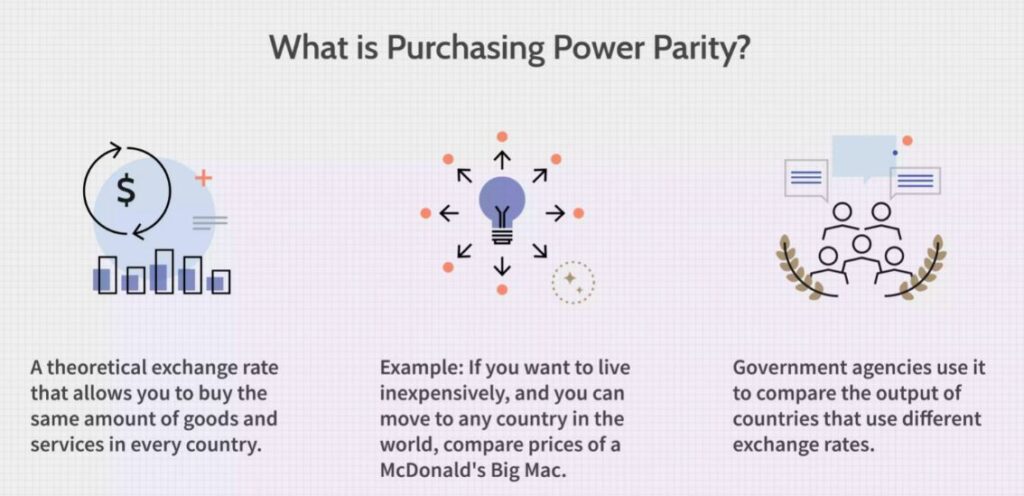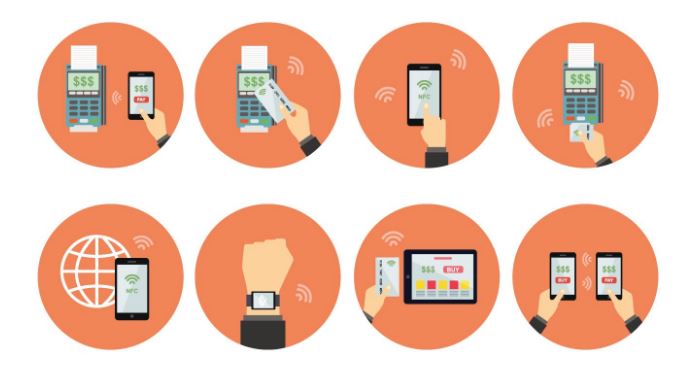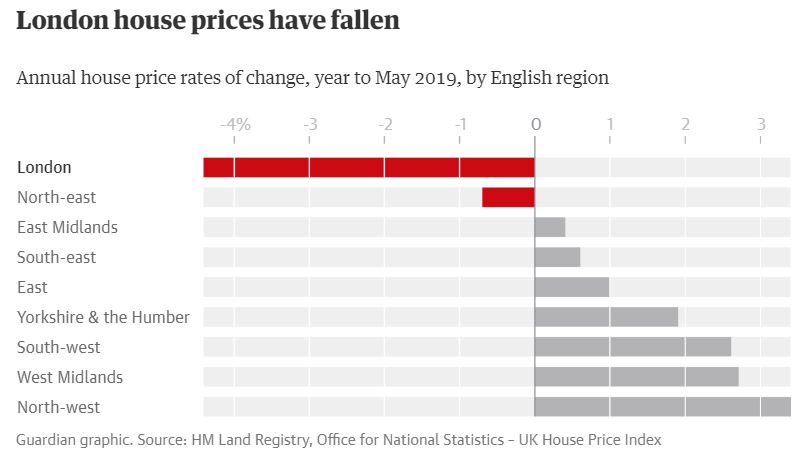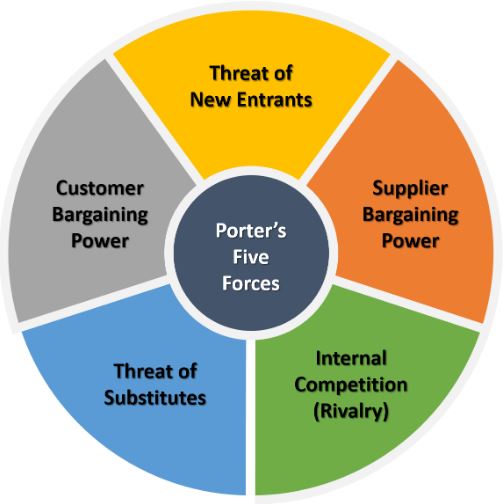This dissertation examines long-run purchasing power parity (PPP) between the United States and other competing countries and regions using monthly data from 1960 to 2019. Mainstream methods of PPP test and most influential researches are reviewed.
Three methods of PPP testing – Unit Root Test, Cointegration Test, Panel Unit Root Test have been applied in this paper. We identify that PPP holds between the US and a certain number of countries by analysing the test results. Also, the results of PPP test between the US and its top 10 trading partners have been specifically investigated and elaborated.
This dissertation highlights that both the Multivariable co-integration tests and the bivariable Cointegration tests are applied in order to find out the effect of prior restrictions on the results. Then, this chapter examines whether the PPP holds between the US and its top 10 trading partners countries minus China with the panel unit root test. Finally, in the sixth chapter, this paper concludes that PPP holds in 41 countries out of 176 countries, and among the US top 10 trading partners, only China, Canada and India do not have solid evidence supporting PPP.
The purchasing power parity (PPP) theory, as one of the most influential economic theories, has been widely used in macroeconomic analysis. It states that the price of the same commodity or a basket of products in two countries should be proportional to the exchange rate between the two countries. The exchange rate is crucial to the economic development of a country, not only because it affects the volume of imports and exports between countries, but also because it is highly correlated with other economic indicators, such as GDP and interest rate. Therefore, it is necessary to study the PPP theory to determine the equilibrium exchange rate as well as assist governments in adjusting exchange rates based on empirical evidence.
This dissertation will be structured in the following way. In chapter 1, this paper introduces the definition of purchasing power parity and then explains the significance of PPP studying. A brief history of the stages of the PPP study is also covered in this chapter. The second chapter is the literature review. It reviews the origin and evolution of PPP theory and common test methods. Sample testing results using different methods are also discussed in this dissertation and they also give us a broad view of PPP tests conducted for various countries using data from different time spans.
In the meantime, critiques and strengths of each test method are covered to provide a comprehensive view of each PPP test method. Besides, previous studies on the US are reviewed as well. In the third chapter, this paper presents a series of econometric methods and models to be used in this thesis, including unit root test, cointegration test and panel unit root test. In the fourth chapter, it explains the data source in detail. For EU countries that miss data due to the adoption of EUR, this paper also describes how the equivalent data is generated to fill the holes. The fifth chapter is the empirical analysis. This chapter first plots the real exchange rate for the US and its top 10 trading partners, and by presenting the graphs, the trend will be analysed.
In general, the purchasing power parity (PPP) theory works miserably when applied to real-world data. In other words, it is rare for the PPP relationship to hold true between any two countries at any particular point in time. In most scientific disciplines, the failure of a theory to be supported by the data means the theory is refuted and should be thrown out or tossed away.
However, economists have been reluctant to do that with the PPP theory. In part this is because the logic of the theory seems particularly sound. In part it’s because there are so many “frictions” in the real world, such as tariffs, nontariff barriers, transportation costs, measurement problems, and so on that it would actually be surprising for the theory to work when applied directly to the data.
Purchasing Power Parity Dissertation Contents
Chapter 1 – Introduction
Chapter 2 – Literature Review
Two Versions of the PPP Theory
Evolution of PPP Test
Simple Static PPP Test
Unit Root Test
Cointegration Test
Panel Unit Root Test
Non-linear Test
US & Related Tests
Chapter 3 – Empirical Framework
Tests for a Unit Root in the Real Exchange Rate
Cointegration Test
Panel Unit Root Test
Chapter 4 – Data Description
Chapter 5 – Empirical Analysis
Real Exchange Rate Observation
Unit Root Test
Cointegration Test
Multivariate Cointegration Test
Bivariate Cointegration Test
Panel Unit Root Test
Analysis of the US Top 10 trading countries’ Test Result
Chapter 6 – Conclusion
References
Relevant Posts
Comparative Analysis into Purchasing Power Parity (PPP) Dissertation
Did you find any useful knowledge relating to purchasing power parity in this post? What are the key facts that grabbed your attention? Let us know in the comments. Thank you.






